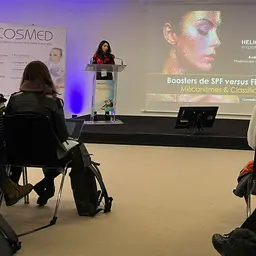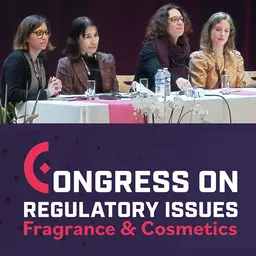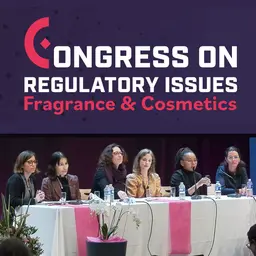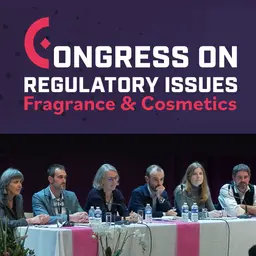
Clinical assessments, instrumental measures, tests with consumers, sensory analyses: all these methods are used to evaluate the efficiency of a cosmetic product. Well known … and maybe soon outdated, with the coming up of a new method, based on the emotional approach. A method as scientific and promising, Stéphanie Vernier Esnault, from Laboratoire Spincontrol, explained during the 27th session of the Morning Meetings on Cosmetics.
The Morning Meetings on Cosmetics, organized by
Sylvain-Romain Cotte
(
SRC Consulting
), bring together professionals of the cosmetic world, every month, to exchange on a topical item, while sharing a breakfast.
In this 27th session, the speaker was Stéphanie Vernier Esnault, the
Spincontrol
’s Sales and Marketing Manager.
 Her laboratory, specialized in the
in-vivo
tests of cosmetic products, provides its customers with a scientific support for their claims (slimming effect, complexion radiance, skin firmness …). Further, it helps them comply with the applicable regulatory requirements (a product cannot claim to be a moisturizer, or an anti-ageing product, without the proof in the Product Information File that shall be available to the control authorities.)
Her laboratory, specialized in the
in-vivo
tests of cosmetic products, provides its customers with a scientific support for their claims (slimming effect, complexion radiance, skin firmness …). Further, it helps them comply with the applicable regulatory requirements (a product cannot claim to be a moisturizer, or an anti-ageing product, without the proof in the Product Information File that shall be available to the control authorities.)
In addition to the in-vivo tests, that allow for the screening of a molecule, for the validating of a formula or for the checking of its safety, Stéphanie Vernier Esnault began by naming five families of methods to evaluate a cosmetic in-vivo.
Standard methods
Clinical assessment
Performed under the control of a medical staff member (general practitioner, dermatologist, ophthalmologist …) or of an expert (beautician …), it allows for the evaluating of a visual and noticeable effect of a product, for the giving of data, such …












